Uzbek Music
Music of Uzbekistan
Music and musical instruments of today’s Uzbekistan traveled to this area with the vagrant musicians following the Silk Road caravans together with the secrets of paper manufacturing, iron coining embossing and many others. Uzbek national music is described as a variety of subjects and genres and the songs and instruments can be divided into two groups according to their functions and forms of usage. These two groups are divided by the time of performance as a part of them are performed only at a certain time and under certain circumstances and the other half can be performed at any time. The best opportunities for tourists to see and hear traditional music is during Uzbek festivals and in Khiva and Bukhara old town performances.
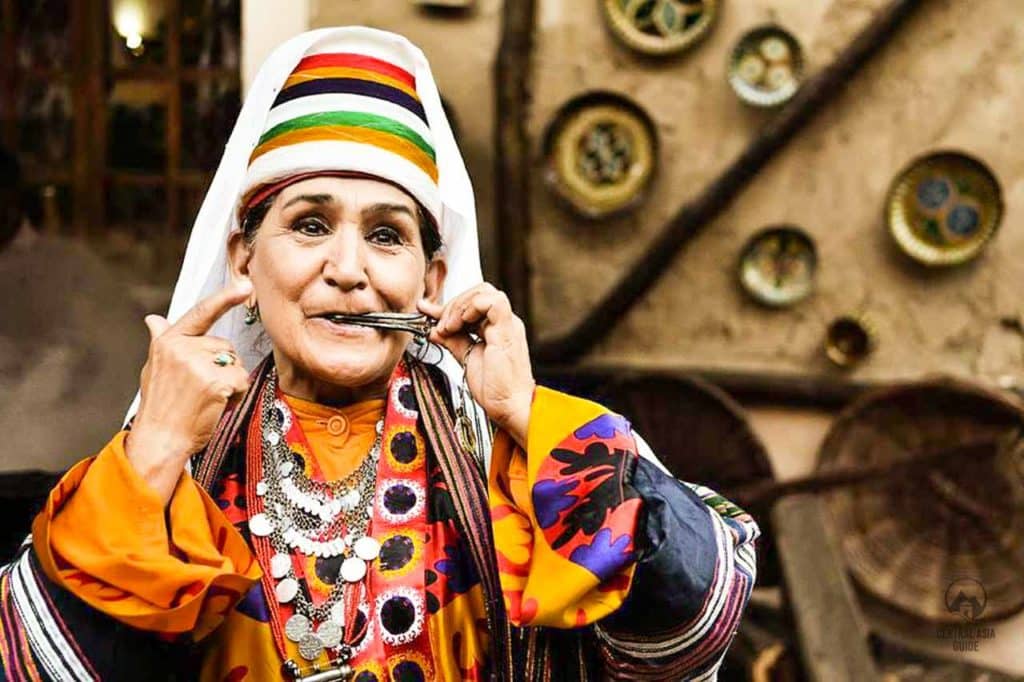
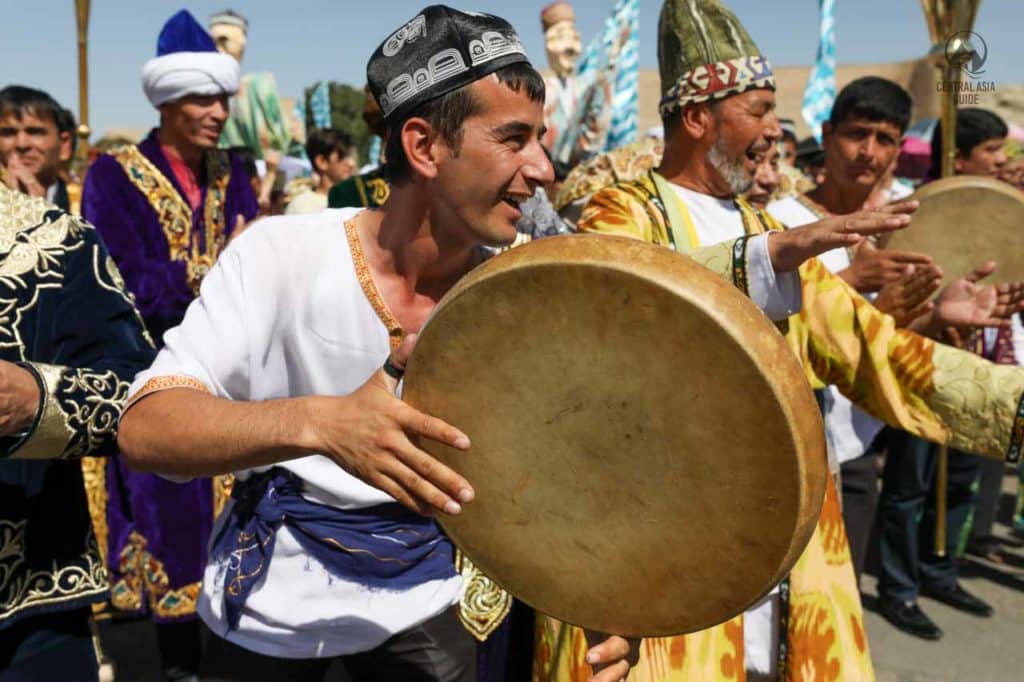
History of Uzbek Music
The history of Uzbek music goes back to ancient times and since then several civilizations have emerged, developed and eventually already disappeared but not without traces as some of them have left a mark on the current Uzbekistan’s and even the whole world’s culture. According to the monuments of the fine art, old musical traditions emerged during the Kushan period. It means that Kushans and Sogdians knew the basic types of musical instruments and used them both in solo and group performances.
The art and sciences were revived in Central Asia during the 10th century AD when cities like Samarkand, Bukhara, and others became the leading cultural centers. During those times a large number of scientific and medical discoveries were made in Central Asia, sometimes hundreds of years before the same discoveries made in Europe. Also the expositions on music by Farobi, Ibn-Sino, Khorezmi and Fakhruddin Ar-Razi achieved great value, becoming a part of European theoretical musical science which underwent profound development during the following era.
After Turkestan became a part of tsarist Russia in the 19th century, they also recorded some of the national melodies of Turkestan. Russian musicians helped to preserve these melodies by introducing musical notation in the region. In the 1950s, Uzbek folk music got less popular and the genre was barred from radio stations by the Soviets but fortunately they did not completely dispel the traditional Uzbek music.
Although banned, folk musical groups continued to play their music in their hidden ways and spread it individually. After Uzbekistan gained independence from the Soviet Union, the public’s interest in traditional Uzbek music was revived. Nowadays Uzbek television and radio stations play traditional music regularly along with the more modern music styles.
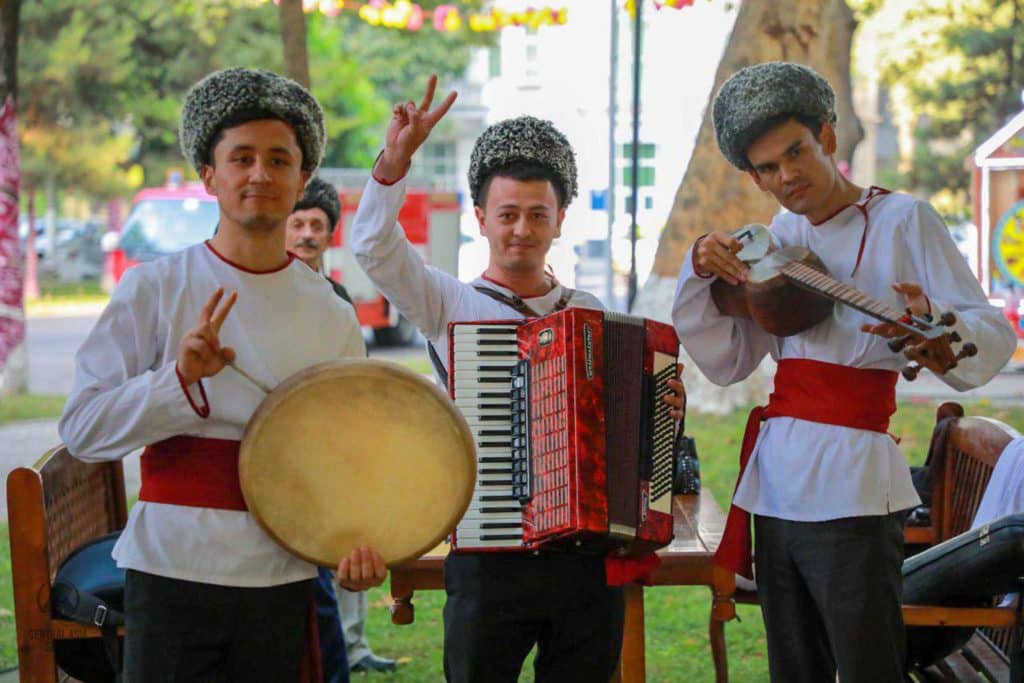
Contemporary Uzbek music
In recent years, singers such as Yulduz Usmonova and Sevara Nazarkhan have brought Uzbek music to global audiences by mixing traditional melodies with modern rhythms and instrumentation. Also, in the late 2000s, Ozodbek Nazarbekov emerged as a new popular singer who mixed contemporary music with elements of traditional Uzbek music. Several Uzbek singers such as Shahzoda and Sogdiana Fedorinskaya have also achieved commercial success not only in Uzbekistan but also in other CIS countries such as Kazakhstan, Russia and Tajikistan.
Uzbek Musical Instruments
Uzbek Rubob
Rubab, robab or rabab in (Uzbek “Rubob”) is a lute-like musical instrument originally from central Afghanistan and Pakistan and is usually carved from a single piece of wood and often the tree of choice in Uzbekistan is mulberry. It receives its name from the Arab rebab meaning “played with a bow” but in fact the Central Asian version of this instrument is plucked and is distinctly different in composition. The rubab is mainly used by Uzbek, Pashtun, Tajik, Kashmiri and Iranian Kurdish classical musicians.
The rubab musical instrument is a short-necked lute, its body is carved out of a single piece of wood, with a membrane, covering the hollow bowl of the sound-chamber, upon which the bridge is positioned. It has three melody strings tuned in fourths, three drone strings and 11 or 12 sympathetic strings. The rubab is made from the trunk of a mulberry tree. The head of rubab is made from animal skin such as goat and the strings either gut (from the intestines of young goats, brought to the size of thread) or nylon.
The rubab is known as “the lion of instruments” and is one of the two national instruments of Afghanistan (with the zerbaghali). Classical Afghan music often features this instrument as a key component. The rubab is attested from the 7th century CE. It is mentioned in old Persian books, and many Sufi poets mention it in their poems. It is the traditional instrument of Khorasan and today it is widely used in countries such as Afghanistan, Pakistan, Iran, Kashmir, Tajikistan, India and Uzbekistan.
Uzbek Dutor
The dutor (or dutar or doutar) is a traditional long-necked, two-stringed lute found in Iran, Central Asia and South Asia. Typical sizes for this often pear-shaped instrument range from one to two meters. This instrument has a warm and dulcet tone.

Dutar name comes from the Persian word for “two strings” (do “two”, tar “string”) but in contrast the Herati dutar of Afghanistan has fourteen strings. When played, the strings are normally plucked by the Uyghurs of Western China and strummed and plucked by the Tajiks, Turkmen, Uzbeks, Afghan people and in Pakistan.
Another related instrument is played by the Baul community of West Bengal and Bangladesh and is called dotar. Dutar’s strings were made from guts until the beginning of 15 the century, mostly by the hands of shepherds. With the coming of the Silk Road, the strings were changed to be made from twisted silk. Today dutor still have silk or nylon strings.
Uzbek Tanbur
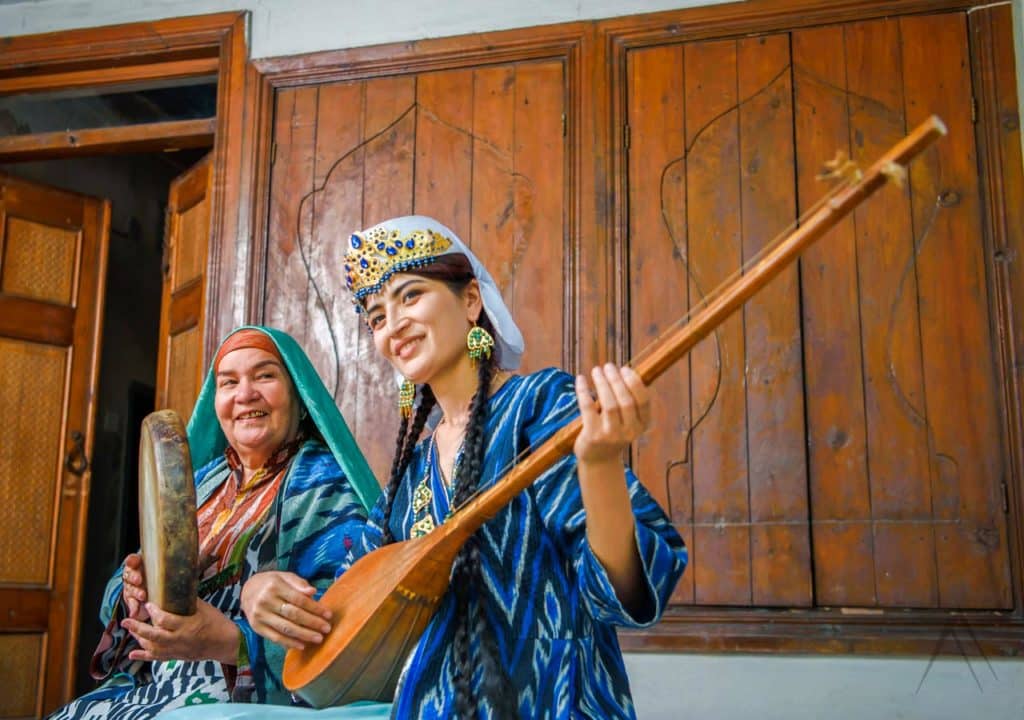
The term Tanbur, Tanbura, Tambur, Tambura or Tanboor means widely a long-necked, string instrument originating from Southern or Central Asia (Mesopotamia and Persia/Iran). The Uzbek tanbur has four metal strings that run over a small loose bridge to a bit of wood at the edge of the body. Tanbur is always played with a wire plectrum on the index finger. Its body is carved from a hollowed-out piece of mulberry wood, and the front is made from mulberry. Its neck is often decorated with inlay bone or white plastic.
The origin of the tanbur goes back to ancient times. One study has identified the name “tanbur” as being derived from “pandur” a Sumerian term for long-necked lutes. Tanburs have been present in Mesopotamia since the Akkadian era, or the third millennium BCE. Three figurines have been found in Susa that belongs to 1500 BCE, and in hands of one of them is a tanbur-like instrument. Also, an image on the rocks near Mosul that belong to about 1000 BCE shows tanbur players.
Playing tanbur was common at least in the late Parthian era and all Sassanid period because the word ‘tanbur’ is used in Middle Persian and Parthian language texts for instinct in Drakht-i Asurig, Bundahishn, Kar-Namag i Ardashir i Pabagan and Khosrow and Ridag. In the tenth century CE Al-Farabi described two types of tanburs found in Persia, a Baghdad tunbur, known south and west from Baghdad and a Khorasan tunbur.
This distinction may be the source of modern differentiation between Arabic instruments, derived from the Baghdad tunbur and of those found in northern Iraq, Syria, Iran, Sindh and Turkey, originating from the Khorasan tunbur.
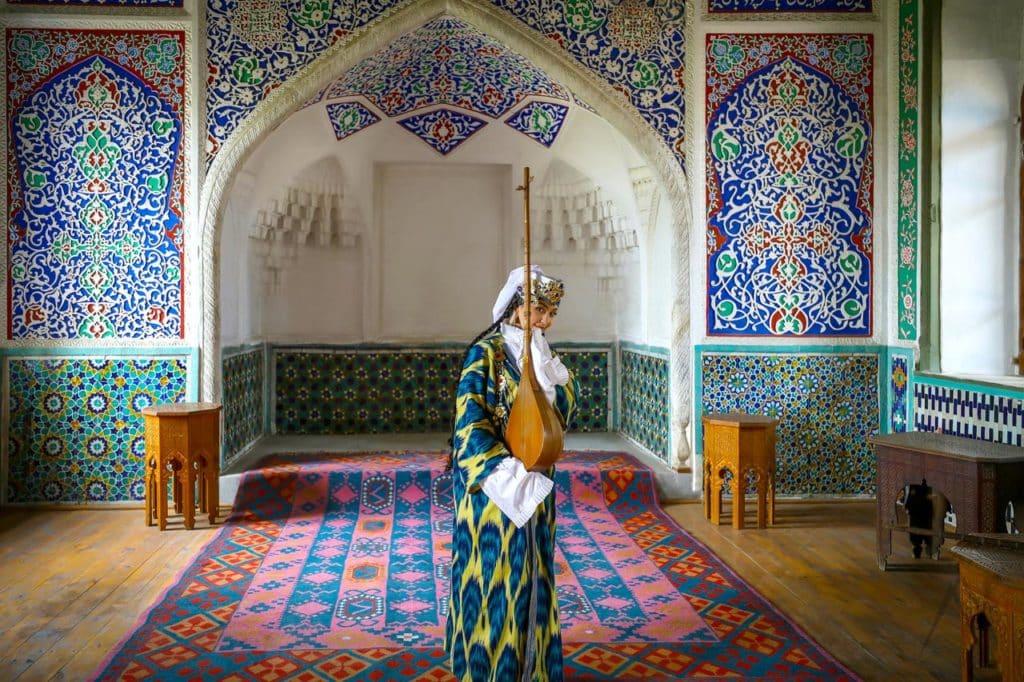
The Persian name spread widely, eventually taking in long-necked string instruments used in Central Asian music such as the Dombura and the classical Turkish tambur as well as the Kurdish tembur. Until the early twentieth century, the names chambar and jumbush were applied to instruments in northern Iraq. In India, the name was applied to the tanpura (tambura), a fretless drone lute.
Tanbur traveled through Al-Hirah to the Arabian Peninsula and in the early Islam period also emerged in the European countries. Tanbur was called ‘tunbur’ or ‘tunbureh/tunbura’ in Al-Hirah, and in Greek it was named tambouras, then went to Albania as tampura, in Russia it was named domra, in Siberia and Mongolia as dombra, and in Byzantine Empire was named pandura/bandura. It traveled through Byzantine Empire to other European countries and was called pandura, mandura, bandura, etc.
Uzbekistan tours including Uzbek music
Page updated 9.12.2022